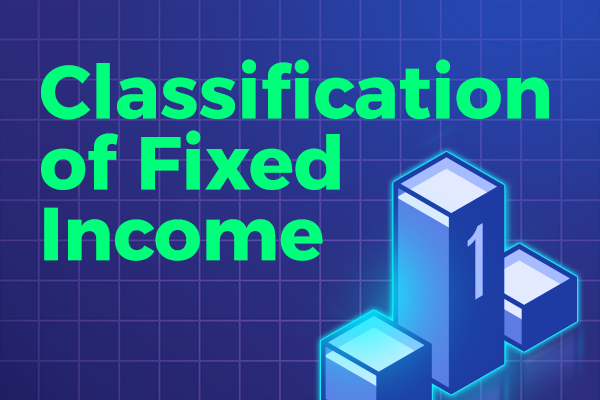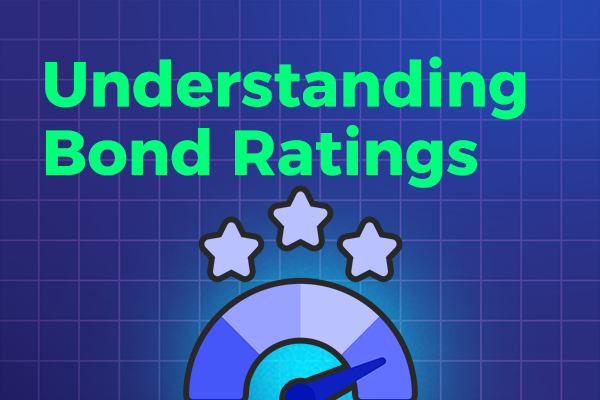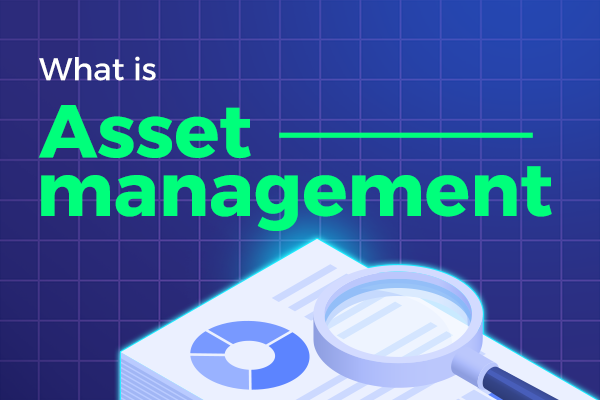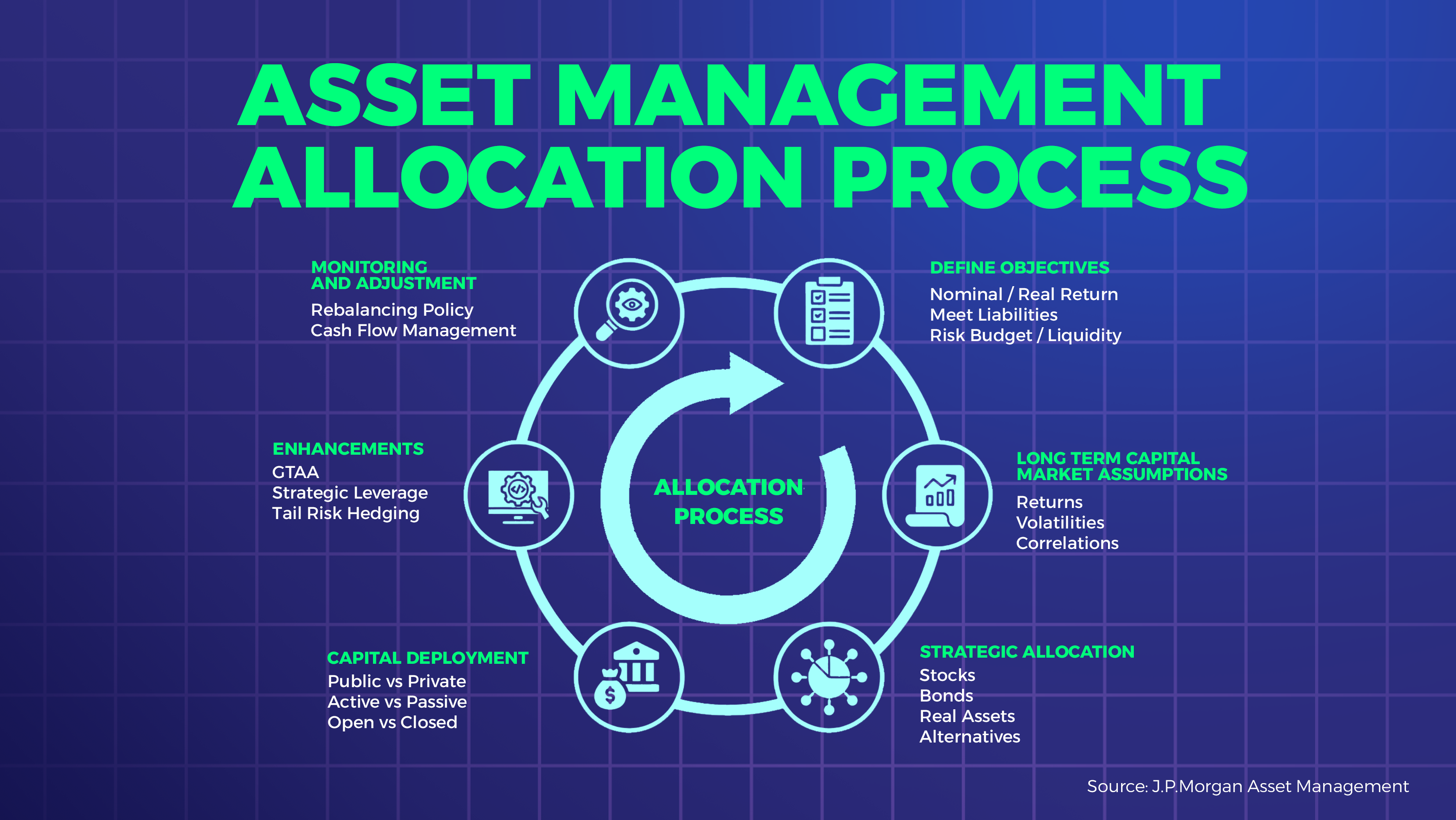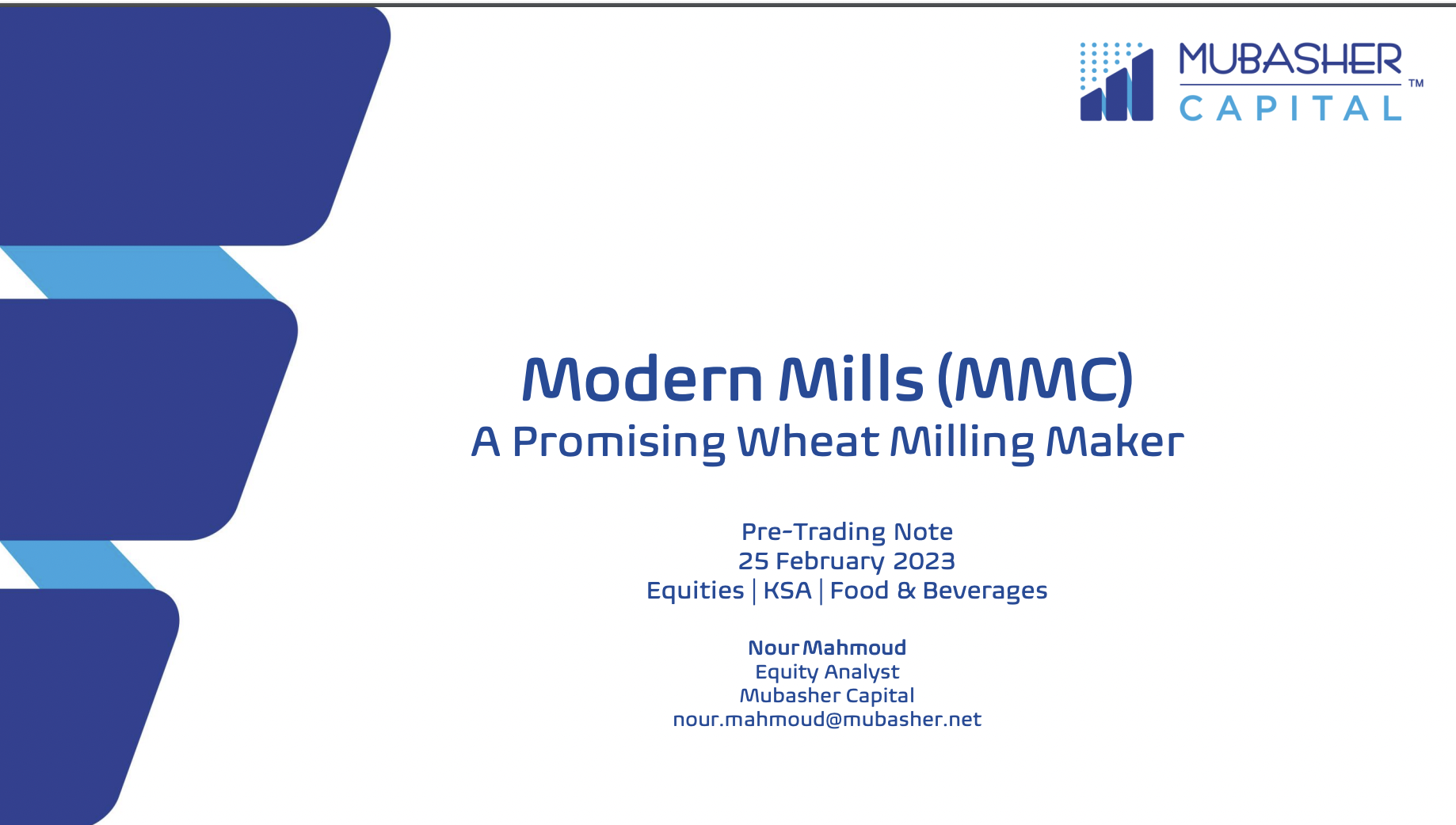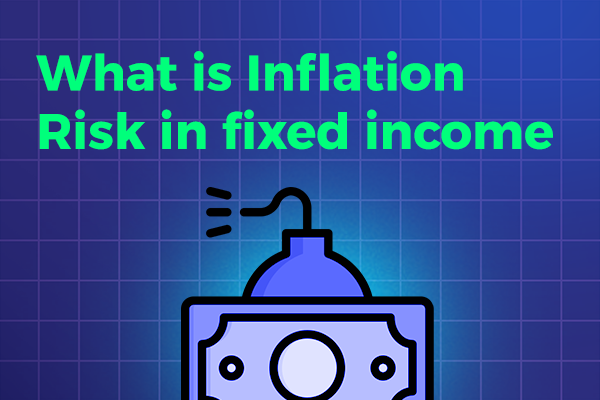The Classification of Fixed Income Securities Explained
Fixed income securities are a crucial part of any investment portfolio, and understanding their classification is essential for making informed investment decisions. As a highly skilled assistant who specializes in digital marketing and content writing, I am here to dive deep into the classification of fixed income securities and explain it in simple terms. In this article, we will explore the various types of fixed income, including bonds, Treasury bills, and notes, and examine how they differ in terms of risk, maturity, and yield. We will also discuss the benefits of investing in fixed income and how they can provide a stable income stream for investors. So, if you’re looking to expand your investment portfolio or simply want to learn more about fixed income, join me as we explore the world of fixed income investments.
Understanding Bond Basics
Before diving into the classification of fixed income securities, it’s important to understand the basics of bonds. Bonds are a type of fixed income security that represents a loan made by an investor to a borrower.
The borrower can be a government, corporation, or municipality, and the bond represents their promise to pay back the principal amount plus interest to the investor on a specified date.
Bonds are typically issued with a maturity date, which is the date on which the borrower will repay the principal amount to the investor. Bonds can have varying maturity dates, ranging from a few months to several years, and the longer the maturity date, the higher the yield tends to be.
Bonds are also rated by credit agencies based on the creditworthiness of the borrower. The higher the credit rating, the lower the risk associated with the bond, and the lower the yield tends to be.
Types of Fixed Income Securities
Fixed income can be broadly categorized into three types – bonds, mortgages, and money market securities. Bonds represent loans made by investors to borrowers, while mortgages represent loans made by banks to homebuyers.
Money market securities are short-term debt securities that are typically issued by governments, corporations, or municipalities.
Bonds are the most common type of fixed income security and are issued by both governments and corporations. Mortgages are typically issued by banks and are secured by the borrower’s property.
Money market securities are short-term debt securities that are typically issued by governments, corporations, or municipalities.
Classification of Fixed Income Securities
Fixed income can be further classified into four categories – government, municipal, corporate, and asset-backed securities. Each classification has its own set of characteristics and risks.
Government Securities
Government securities are issued by the federal government and are considered to be the safest type of fixed income security. These securities can be further classified into Treasury bills, notes, and bonds, depending on their maturity date.
Treasury bills have a maturity of less than one year, while Treasury notes have a maturity of one to ten years, and Treasury bonds have a maturity of more than ten years. The yield on government securities is typically lower than other types of fixed income, but they are considered to be the least risky.
Municipal Securities
Municipal securities are issued by state and local governments to finance public projects such as schools, roads, and hospitals. These securities are exempt from federal taxes and may be exempt from state and local taxes as well.
Municipal securities can be further classified into general obligation bonds and revenue bonds. General obligation bonds are backed by the full faith and credit of the issuing government, while revenue bonds are backed by the revenue generated by the project they are financing.
Corporate Securities
Corporate securities are issued by corporations to finance their operations and expansion. These securities can be further classified into investment-grade bonds and high-yield bonds.
Investment-grade bonds are issued by corporations with a high credit rating and are considered to be less risky than high-yield bonds. High-yield bonds are issued by corporations with a low credit rating and are considered to be more risky, but also offer a higher yield.
Asset-Backed Securities
Asset-backed securities are securities that are backed by a pool of assets such as mortgages, auto loans, or credit card debt. These securities can be further classified into residential mortgage-backed securities, commercial mortgage-backed securities, and collateralized debt obligations.
The risk associated with asset-backed securities can vary depending on the quality of the underlying assets. Residential mortgage-backed securities are typically considered to be less risky than commercial mortgage-backed securities and collateralized debt obligations.
Characteristics of Each Classification
Each type of fixed income security has its own set of characteristics that can impact their risk and yield. Government securities are considered to be the least risky but also offer the lowest yield.
Municipal securities are exempt from federal taxes and may be exempt from state and local taxes as well. Corporate securities offer a higher yield but are considered to be more risky.
Asset-backed securities can be more complex and have varying degrees of risk depending on the quality of the underlying assets. The creditworthiness of the borrower and the credit rating assigned by credit agencies can also impact the risk and yield of a fixed income security.
Risks Associated with Fixed Income Securities
While fixed income securities are generally considered to be less risky than stocks, there are still risks associated with investing in them. The most significant risk is the risk of default, which is the risk that the borrower will not be able to repay the principal amount plus interest.
Interest rate risk is also a significant risk associated with fixed income securities. When interest rates rise, the value of fixed income tends to fall, and vice versa. This can impact the yield of the security and the value of the investment.
Inflation risk is another risk associated with fixed income. When inflation rises, the purchasing power of the interest payments and principal amount decreases, which can impact the value of the investment.
Factors That Affect Fixed Income Securities
Several factors can impact the risk and yield of fixed income. The creditworthiness of the borrower, the credit rating assigned by credit agencies, and the maturity date can all impact the risk and yield of a fixed income security.
Interest rates and inflation can also impact the risk and yield of fixed income. When interest rates rise, the value of fixed income tends to fall, and vice versa. Inflation can impact the value of the investment by decreasing the purchasing power of the interest payments and principal amount.
Comparing Fixed Income Securities
When comparing fixed income, it’s important to consider the risk and yield of each security. Government securities offer the lowest risk but also the lowest yield. Municipal and corporate securities offer a higher yield but are considered to be more risky.
Asset-backed securities can be more complex and have varying degrees of risk depending on the quality of the underlying assets. When comparing asset-backed securities, it’s important to consider the quality of the underlying assets and the structure of the security.
Investing in Fixed Income Securities
Fixed income securities can provide a stable income stream for investors and are often used to diversify investment portfolios. When investing in fixed income securities, it’s important to consider the risk and yield of each security and to diversify across different types of fixed income.
Bond funds and exchange-traded funds (ETFs) can also be used to invest in fixed income securities. These funds provide diversification across multiple fixed income and can be a good option for investors who want exposure to fixed income but don’t want to manage individual securities.
Conclusion
Fixed income securities are an essential part of any investment portfolio and can provide a stable income stream for investors. Understanding the classification of fixed income and the risks and benefits associated with each type can help investors make informed investment decisions. By diversifying across different types of fixed income, investors can reduce their overall risk while still generating a steady income stream.
